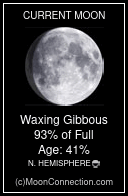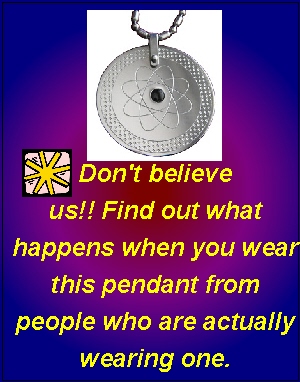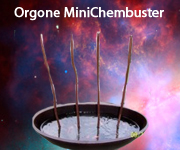I grew up just a wee bit west of WashU (Washington University) in St Louis (county) MO. We used to go to the Carnivals, and the fireworks shows all the time. A lot of my friends parents were professors, or worked at WashU. We regularly had geologists (and others) at our home, that were friends of my parents. Even my High School BF's Mother was a Medical Professor at Wash U's school of Medicine.
Some areas around there have really changed over the years, others have surged in prices.
Beautiful place and wonderful memories,
Lynda
How many of you are eagerly awaiting your personal time machine, or a Holo-deck?
***************************
Physicists at Washington University have forged ahead in the field of quantum mechanics by creating a new phase of matter known as “time crystals” and the even more advanced “time quasi-crystals.”
These groundbreaking materials defy traditional physics by maintaining perpetual motion and could revolutionize quantum computing and precision timekeeping by providing a stable, energy-conserving method of measuring time and storing quantum information.
Time Crystals
Physicists at Washington University in St. Louis (WashU) have created a new kind of time crystal, a unique phase of matter that challenges conventional understanding of motion and time.
The research team includes Kater Murch, the Charles M. Hohenberg Professor of Physics, and Chong Zu, an assistant professor of physics. Their findings were published on March 12 in Physical Review X, a leading journal in the field.
In a discussion with The Ampersand, Zu, He, and Ye shared insights into their breakthrough and what it means for the future of quantum science.
What Is a Time Crystal?
To understand a time crystal, it helps to think about familiar crystals such as diamonds or quartz. Those minerals owe their shape and shine to their highly organized structures. The carbon atoms in a diamond interact with each other to form repeated, predictable patterns.
Much like the atoms in a normal crystal repeat patterns in space, the particles in a time crystal repeat patterns over time. In other words, they vibrate or “tick” at constant frequencies, making them crystalized in four dimensions: the three physical dimensions plus the dimension of time.
Unique Properties and Creation of Time Crystals
Time crystals are like a clock that never needs winding or batteries. “In theory, it should be able to go on forever,” Zu said. In practice, time crystals are fragile and sensitive to the environment. “We were able to observe hundreds of cycles in our crystals before they broke down, which is impressive.”
Time crystals have been around for a little while; the first one was created at the University of Maryland in 2016. The WashU-led team has gone one step further to build something even more incredible: a time quasicrystal. “It’s an entirely new phase of matter,”
Time Quasicrystals
In material science, quasicrystals are recently discovered substances that are highly organized even though their atoms don’t follow the same patterns in every dimension. In the same way, the different dimensions of time quasicrystals vibrate at different frequencies, explained He, the lead author of the paper. The rhythms are very precise and highly organized, but it’s more like a chord than a single note. “We believe we are the first group to create a true time quasicrystal,” He said.
Fabrication and Applications of Time Quasicrystals
The team built their quasicrystals inside a small, millimeter-sized chunk of diamond. They then bombarded the diamond with beams of nitrogen that were powerful enough to knock out carbon atoms, leaving atom-sized blank spaces. Electrons move into those spaces, and each electron has quantum-level interactions with its neighbors.
Potential Uses and Future of Time Crystals and Quasicrystals
The mere existence of time crystals and quasicrystals confirms some basic theories of quantum mechanics, so they’re useful in that way. But they might have practical applications as well. Because they are sensitive to quantum forces such as magnetism, time crystals could be used as long-lasting quantum sensors that never need to be recharged.
Time crystals also offer a novel route to precision timekeeping. Quartz crystal oscillators in watches and electronics tend to drift and require calibration. A time crystal, by contrast, could maintain a consistent tick with minimal loss of energy. A time quasicrystal sensor could potentially measure multiple frequencies at once, creating a fuller picture of the lifetime of a quantum material. First, researchers would need to better understand how to read and track the signal. They can’t yet precisely tell time with a time crystal; they can only make it tick.
Because time crystals can theoretically tick forever without losing energy, there’s a lot of interest in harnessing their power for quantum computers. “They could store quantum memory over long periods of time, essentially like a quantum analog of RAM,”. “We’re a long way from that sort of technology, but creating a time quasicrystal is a crucial first step.”







































